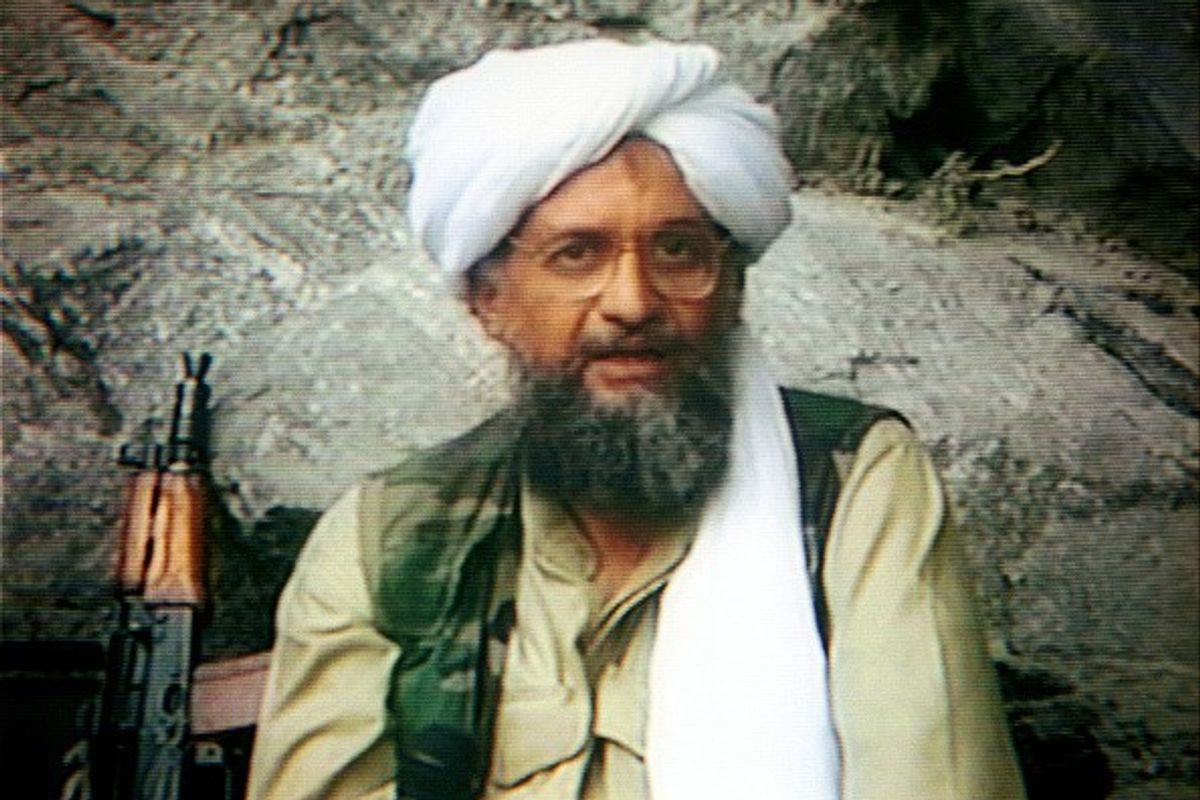Cipher Brief Expert Nick Fishwick CMG retired in 2012 after nearly thirty years in the British Foreign Service. His work included postings in Lagos, Istanbul and Kabul. His responsibilities in London included director of security and, after returning from Afghanistan in 2007, he served as director for counterterrorism. His final role before retiring was as director general for international operations.
I was not surprised that the Nagorno-Karabakh crisis was not debated by President Trump and Democratic nominee Joe Biden last Tuesday. If you asked a random group of Americans or Brits to show you where Nagorno-Karabakh is on the map probably none of them would be able to do so. But it’s a problem over which people fight and die, as they are doing at the moment. It’s a problem that no one has been able to solve for years, decades, maybe centuries. It’s a problem that engages big regional beasts, notably Turkey and Russia. It has also engaged the US. So, what is the current fighting about, and how much does it matter?
Armenia (mostly Orthodox Christians with their own distinctive language and alphabet), and Azerbaijan (mostly Muslim Turkish speakers) were parts of the tsarist, then the Soviet Empires. Azerbaijan included a large Armenian minority mostly in and around the enclave of Nagorno-Karabakh. In the early 90’s with the implosion of the Soviet Union there was increasing violence, including massacres, as the Armenians fought to separate themselves from newly independent Azerbaijan. Ceasefire was effectively reached in 1994 with Armenians in control of Nagorno-Karabakh and other territory to its west; the international community does not recognise this and accepts the Azeri contention that this is a violation of their sovereignty.
There has been no peace treaty and there have been outbreaks of fighting since 1994. Something called the Minsk Group, chaired by Russia, France and the US, has been trying to resolve the problem since 1992 and evidently failing to do so.
It is not clear exactly what, or who, provoked the renewed fighting a few days ago. It is difficult to imagine why the Armenian side would do so, since the current status quo is fine by them. It is very much not fine for Azerbaijan. There is evidence of growing restlessness among the Azeri public with what they see as the Armenian occupation of their land, and this has been encouraged by their president Ilhan Aliyev – and by President Erdogan of Turkey.
This brings us to the regional power dimension. Russia is of course deeply interested. It supplies arms and assistance to both Armenia and Azerbaijan but whereas the latter is described as a “partner” the former is closer, an “ally”. As the leading light in the Minsk Group, Russia has played a vital role in maintaining the uneasy status quo since the 90s, but has not been able to bring about a lasting solution.
The critical regional player now is Turkey. Turkey tends to have wary, at best, transactional relationships with its neighbours, including Russia. The only exception is – Azerbaijan. Turkey feels a real cultural identity with the Azeris. In his early years of power, President Erdogan wasn’t as interested as some Turkish politicians in the Turkic republics to the east. More recently however, (perhaps egged on by his extreme nationalist allies the MHP) Mr. Erdogan’s forthright support for Azerbaijan since the current fighting broke out has been as provocative as anything coming out of Baku. For President Erdogan, as for President Aliyev, the status quo is unacceptable. Nagorno Karabakh is internationally recognised as Azerbaijan: it should be governed from Baku. And, crucially, Azerbaijan is now displaying some of the military hardware that makes this revisionism more than just rhetorical. Drone strikes, including on the Nagorno Karabakh “capital” Stepanakert, have made Armenians realise that they are threatened by more than just words. The military balance could be changing.
In the Cold War days, every discussion in the British government of some tangled regional dispute would start with the question, “Right – whose side are we on?” Take your choice. Neither Armenia nor Azerbaijan is a model of governance – Armenia comes 77th in the Transparency International corruption index, Azerbaijan an eye-watering 126th. Any discussion of Turkey’s relations with the Armenians is against the background of Turkey’s responsibility for the deaths of up to 1.5 million Armenians in 1915.
On the face of it, Nagorno-Karabakh looks a classic, Balkan style example of an insoluble ethnic contradiction following the collapse of a supra-ethnic state. Azerbaijan is never going to accept the loss of sovereignty over parts of its territory, and Armenians are never going to feel safe as a minority in a Turkic, Muslim state.
The good news however is that none of the regional players wants all-out war. The big issues may look insoluble but the point of diplomacy is to start by trying to solve the smaller issues. Which brings us back to the Minsk Group.
It clearly has long lost the confidence of Azerbaijan and Turkey. No doubt there were very good reasons in the 1990s for not having Turkey as one of the co-chairs of the Group, but this makes no sense now. Time, as LBJ would have put it, to bring Turkey into the tent and assume some responsibility as a co-chair. Time also, some time after November 3, for the US to dust off its maps of the South Caucasus and make its voice heard.
Read more expert-driven national security insight, perspective and analysis in The Cipher Brief












